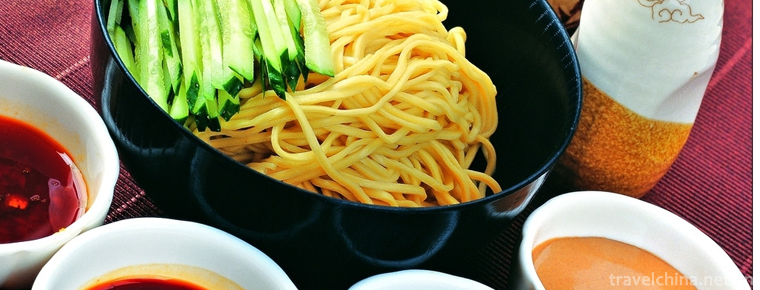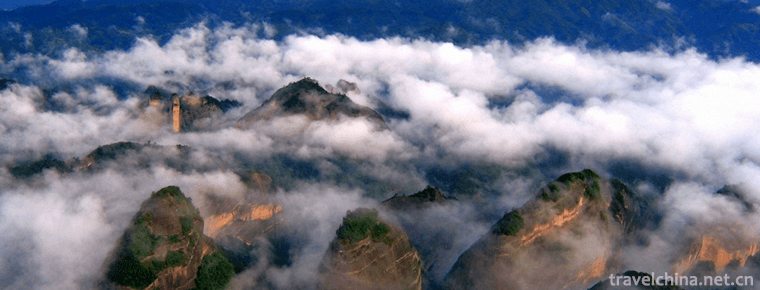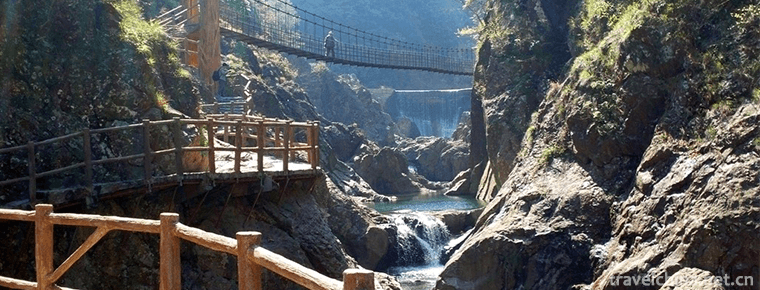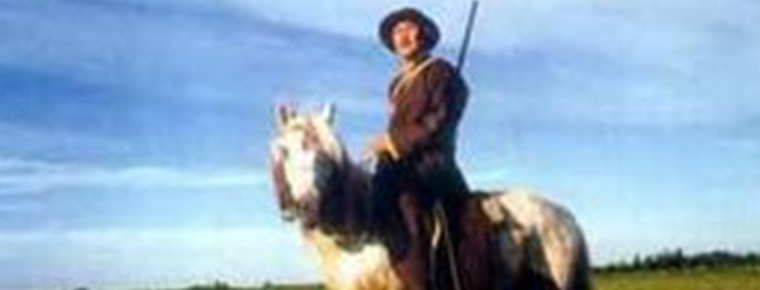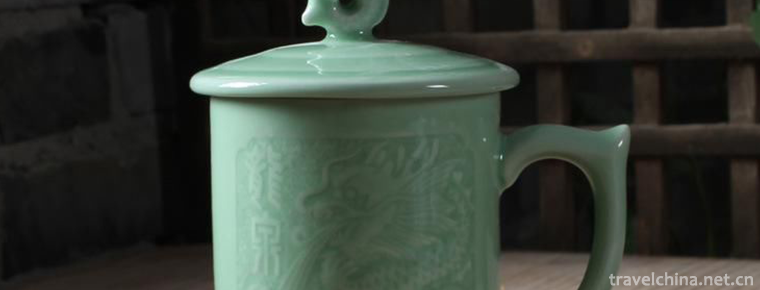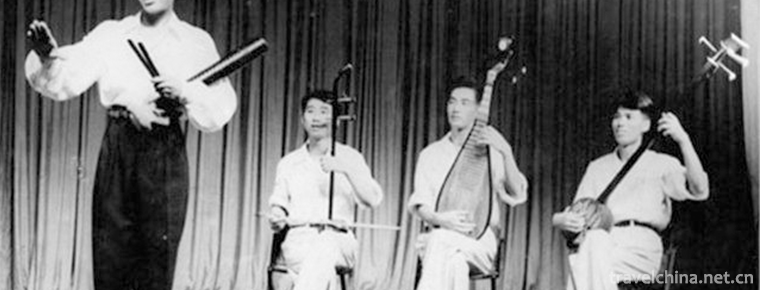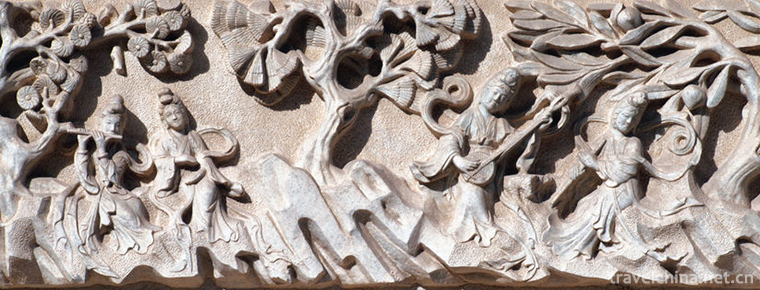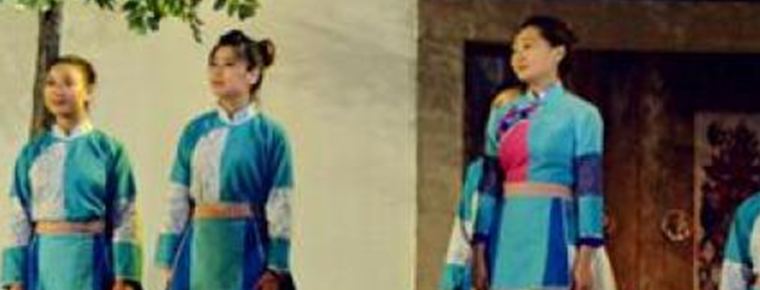Taohuawu Wood Engraving New Year Picture
Taohuawu Wood Engraving New Year Picture
Taohuawu New Year Picture is a Folk Woodcut New Year Picture in the south of the Yangtze River. It was named for its production in the area of Taohuawu in Suzhou. It and the woodcut New Year pictures of Zhuxian Town in Henan Province, Yangliuqing in Tianjin, Yangjiabu in Weifang in Shandong Province and Mianzhu in Sichuan Province are also known as the five major Folk Woodcut New Year pictures in China.
Taohuawu New Year Pictures originated from the woodblock printing process in Song Dynasty, evolved from embroidery pictures, and developed into a folk art school in Ming Dynasty. During Yongzheng and Qianlong years of Qing Dynasty, more than one million Taohuawu Wood New Year Pictures were produced annually. The printing of Taohuawu New Year's Pictures is composed of both coloring and color sets. The composition is symmetrical, plump and colorful. It often takes purple and red as the main tone to express the joyous atmosphere. It is basically made of set colors. The engraving, color and shape of Taohuawu New Year's Pictures have delicate and elegant folk art style in Jiangnan area, mainly expressing the Chinese folk traditions of auspicious celebration, folk life, dramatic stories, flowers, birds, vegetables and fruits, and exorcising evil spirits. Beautiful content. The folk painting circle calls it "Gusu version". On May 20, 2006, the heritage was approved by the State Council and listed in the first batch of national intangible cultural heritage list.
historical origin
From the perspective of cultural relics handed down from generation to generation, woodcut books and woodcut are almost produced at the same time. Initially, wood prints were mainly used as illustrations of books, i.e. embroidery pictures. Wood prints were printed separately and became New Year pictures, which appeared only in the Song Dynasty. At the end of Ming Dynasty, Suzhou New Year Pictures had a complete and unique style, which was called "Gusu version" at that time.
During the reign of Yongzheng and Qianlong in the Qing Dynasty, the quality and sales of Suzhou New Year's paintings increased unprecedentedly. At that time, there were more than fifty New Year's paintings shops located in Shantang Street outside Yanmen, and part of them in Baoen Temple in Taohuawu, with an annual output of more than one million, and tens of thousands at a time. They were sold in Jiangsu, Zhejiang and Shandong provinces, and as far as Nanyang. As a result, the reputation of Taohuawu New Year Pictures in Suzhou spread all over the Yangtze River and the South, and Yangliuqing in Tianjin became the center of the two major folk New Year Pictures in North and South China. At that time, the names of Suzhou New Year's Painting Shop remained on the pictures, including Zhang Xingju, Zhang Wenju, Wei Hongtai, Lu Yunlin, Lu Fushun, Mo Xiangzhai, Chunyuan, Ji Xiangji, etc. in the early stage, Wang Rongxing, Chen Tongsheng, Chen Tongsheng, Wu Jinzeng, Wu Taiyuan and Hongyun Pavilion in the later stage. Painters signed on the screen in the early stage: Taowu master, Taoxi master, Mo prodigal son, Huihuan master, Bao Paixuan, Merlin Jushi, Xingtaozi and so on; in the later stage: Songshan Taoist, Wu Youru, Zhou Mengbanana, Jinbuxiang, Fu Genxin, etc.
After the Opium War, offset printing, copperplate printing and lithographic printing technology developed. The so-called "month card" School of New Year paintings dumped in urban and rural areas, and Taohuawu New Year paintings were threatened greatly, and their prosperity began to decline. In addition, the revolutionary army of Taiping Heavenly Kingdom fled under the city of Suzhou, and the local government of Qing Dynasty fled in a hurry. During the war, Suzhou was burned and robbed. The maple bridge and the mountain pond were destroyed in a torch, and the Spring Festival paintings were burned down. Although several of them moved into Yanmen and Taohuawu to continue their business, they could not be revitalized.
In the early years of Guangxu, some painters turned to work in the old school yard of Shanghai. The Suzhou New Year Painting Shop only relied on old prints handed down from previous generations or reproduced the old school yard paintings of Shanghai to come to the market. It even sold lithographic foreign paintings on behalf of others. However, New Year paintings such as door god and kitchen emperor became the main commodities. The Taohuawu New Year Painting in Suzhou was on the verge of extinction at that time. It was not until the founding of New China that it was quickly restored.
Before the War of Resistance Against Japan, most artists had changed their careers. Only Wang Rongxing, Zhu Rongji and Zhu Ruiji were left in New Year's Painting Shops. Taohuawu New Year's Painting was on the verge of extinction. In the early 1950s, the Literary Federation of Suzhou made an investigation into the status of Taohuawu woodcut New Year pictures and organized the artists who were scattered among the people. In the climax of cooperation, the remaining three New Year's Painting Shops merged into a cooperative group to print old New Year's pictures for sale.
Inheritance Significance
The traditional Taohuawu wood engraving art has rarely been produced, but after all, there has been a glorious page in history. Therefore, as one of the main folk art styles in the past, the Taohuawu wood engraving New Year painting has become a precious cultural relic, which has been gradually valued by people. Studying and studying Taohuawu New Year Pictures is of great significance to the development of new arts and the promotion of the traditional culture of the Chinese nation.
However, with the change of people's life style, the practical function of Taohuawu New Year's Painting has been greatly weakened, while the pure ornamental function has been improved. The changes of the market have affected the preservation of traditional techniques in Taohuawu wood engraving New Year pictures. The development of modern printing technology has made a great impact on the manual engraving and printing techniques of traditional wood engraving New Year pictures. With fewer and fewer painting shops in Taohuawu New Year pictures, it is more and more difficult to inherit the traditional engraving and dyeing and printing techniques. As a craft, the production process of Taohuawu New Year's Painting has always been a clear division of labor, drawing, stereotyping, printing production. But few people have mastered this skill. With the Taohuawu New Year Painting as a permanent specialty of Suzhou Institute of Arts and Crafts, there is a fixed teaching base. The development and production of art collections and tourist souvenirs has become one of the main businesses of Taohuawu Wood Carving New Year's Painting Society. The cultural department has made great efforts to collect information from the Taohuawu Museum of Wood Engraving New Year Paintings. It will be built as a collection, research and protection base for traditional Wood Engraving New Year Paintings.
However, due to the serious shrinkage of the traditional art survival market, the woodcut New Year's paintings in the folk market is almost zero, and the number of people who insist on the creation of New Year's paintings has been very few, and the status quo of the subsequent lack of people is difficult to change for a while.
The state attaches great importance to the protection of intangible cultural heritage. On May 20, 2006, the intangible cultural heritage was approved by the State Council and listed in the first batch of national intangible cultural heritage list.

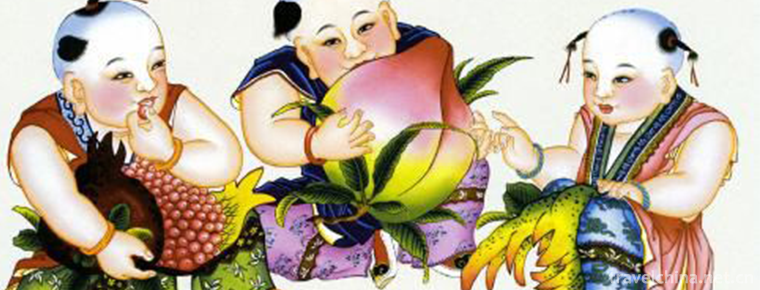
-
Cold Noodles with Sesame Sauce
Cold Noodles with Sesame Sauce are also called cold noodles.
Views: 134 Time 2018-10-12 -
Jiuzhaigou Valley Scenic and Historic Interest Area
Jiuzhaigou: World Natural Heritage, National Key Scenic Spots, National AAAAA Class Tourist Scenic Spots, National Nature Reserves, National Geoparks, World Biosphere Reserve Network, is the first nat.
Views: 201 Time 2018-10-13 -
Lang Mountain Scenic Area
Langshan is located in the northwest side of the hinterland of the Yuechengling Mountains, which is the longest in Wuling Mountains. It spans Xinning County and Resource County.
Views: 210 Time 2018-12-12 -
Caoxi Hot Spring Holiday Resort
Caoxi Hot Spring Holiday Resort is located in Qujiang Maba, Shaoguan City. It is the largest hot spring villa resort in Guangdong Province. It is located on 106 National Highway under the outlet of Sh.
Views: 334 Time 2019-01-04 -
Daur Costume
The Daur nationality has a long history and agricultural culture in northern China. Daur garments are greatly influenced by Mongolian and Manchu nationalities..
Views: 266 Time 2019-04-22 -
Firing Techniques of Longquan Celadon
Longquan celadon firing technology, the traditional ceramic technology of Longquan City, Lishui, Zhejiang Province, is one of the national intangible cultural heritage..
Views: 118 Time 2019-05-14 -
Wooden Fish Songs
Muyu song is short for Muyu, also known as Touyu song. It is one of the traditional rap and singing arts in Guangdong Province and belongs to the system of Tanci. It is popular in the Pearl River Delt.
Views: 151 Time 2019-06-06 -
stone carving
Stone carving refers to the use of various carvable and carvable stones to create a visible and touchable artistic image with a certain space, in order to reflect social life, express the artist's aes.
Views: 237 Time 2019-06-15 -
the Wu Ballads
Wuge is the oral literary creation of the majority of the people in Wu dialect area, which originated in southeastern Jiangsu Province, and Suzhou is the central area for the generation and developmen.
Views: 135 Time 2019-06-29 -
Yazhou Folk Songs
Yazhou folk song is one of the ancient folk songs in Hainan Province. It is popular in the areas of Yazhou and Dongfangkangcheng, west of Sanya Yacheng and east coast of Ledong. Yazhou Guest (Han) dia.
Views: 184 Time 2019-07-10 -
Beijing University of Civil Engineering and Architecture
Beijing Architectural University is a pilot University jointly constructed by Beijing and the Ministry of Housing and Urban-Rural Construction, the "Education and Training Plan for Excellent Engi.
Views: 136 Time 2019-09-06 -
Yibin landform
The topography of Yibin City is high in the southwest and low in the northeast. In the west, there are yuxu of Liangshan and Xiaoliangshan, and Laojun Mountain is the highest point of Wuzhi Mountain in Pingshan County with an altitude of 2008.7 meters;.
Views: 284 Time 2020-12-18
